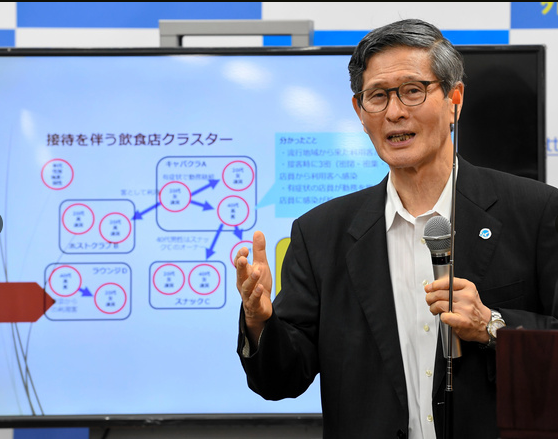 ワクチン、期待と効果に溝 「急な導入はリスク」指摘も
ワクチン、期待と効果に溝 「急な導入はリスク」指摘も
The gaps of effectiveness and expectations in Vaccines
If the preventive vaccine for the new coronavirus is successfully developed, the subjects to be given priority will be fixed on the 21st. According to the World Health Organization (WHO), as of the 20th, there are 30 vaccine candidates that have been confirmed to be effective in animal experiments and are in clinical trials. In general, the first stage of development is to see the safety of 100 people or less, the second stage is to see the effect and safety of 10,000 people or less, and the third stage is to see the effect of preventing the onset and aggravation of 10,000 people or more. Need a step. Six types are in the final third stage.
In August, the government agreed to receive 120 million doses of vaccine candidates from AstraZeneca, a major British pharmaceutical company, which is attracting attention as one of the most advanced vaccine candidates, and Oxford University. The number of vaccinations is estimated to be 1 to 2 times, and 2 vaccinations will be enough for 60 million people. If the development is successful, 30 million doses will be supplied from January to March next year.
At the end of July, it was basically agreed that Pfizer Inc. of the United States would supply 60 million people to the domestic market. This is also one of the six types, and if the development is successful, it will be supplied domestically by the end of June next year.
Both are new types created by using the genetic information of the new corona and making full use of genetic modification technology. The effects reported so far are mainly such as an increase in antibodies in the blood of people inoculated in clinical trials, and it is not clear whether they are effective in preventing infection or onset. In the initial clinical trial results, although there were no serious adverse reactions, in either case, headache and fever were reported in more than half of the vaccinated patients.
Source: https://www.asahi.com/articles/ASN8P6FV0N8PULBJ00J.html
 English
English Japan
Japan
